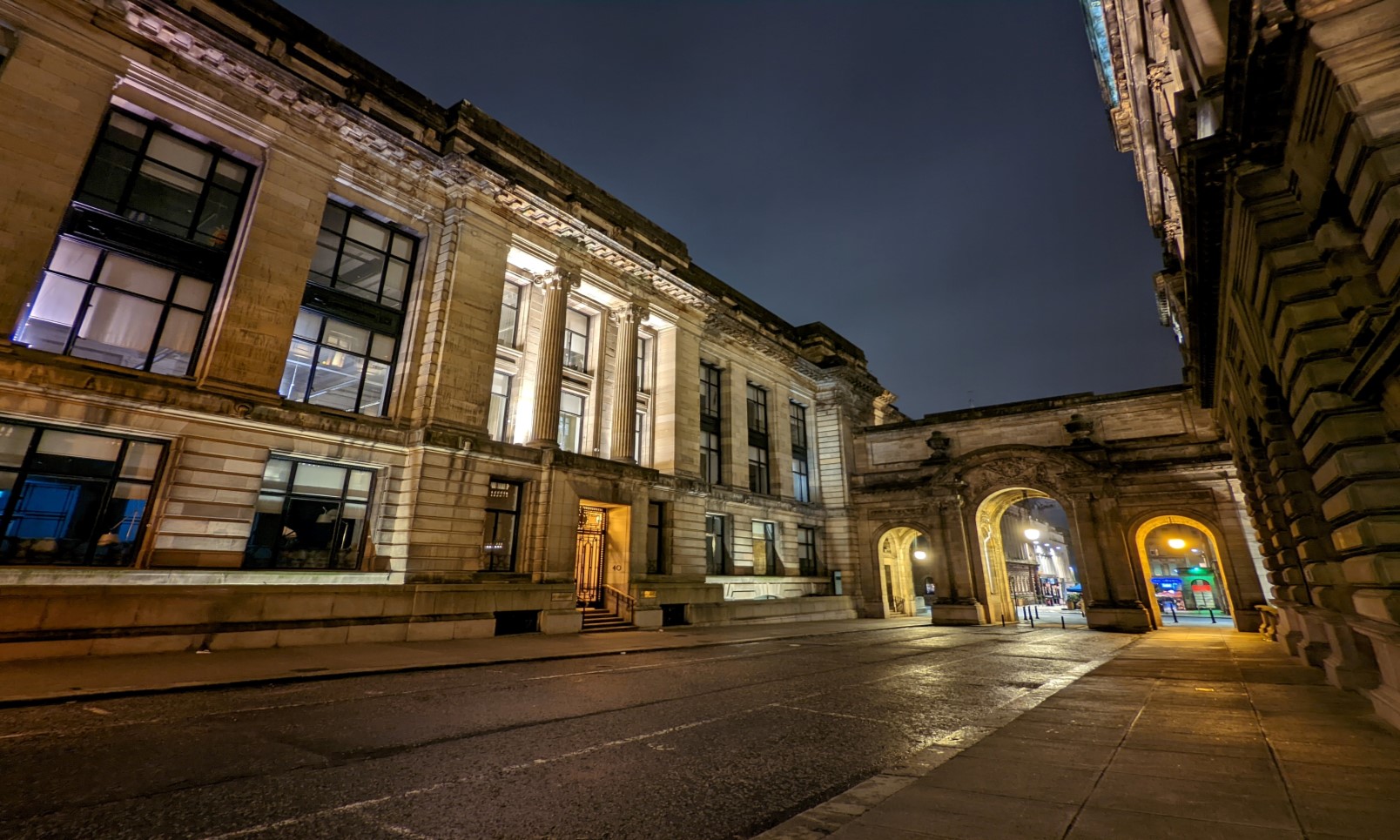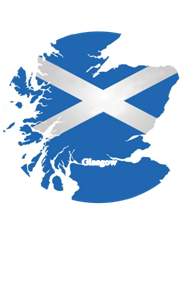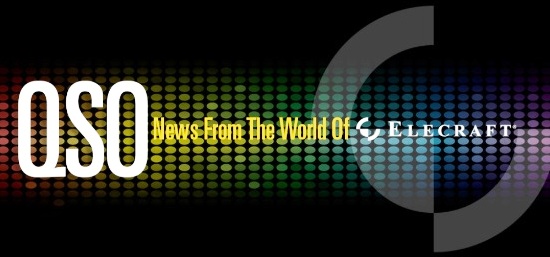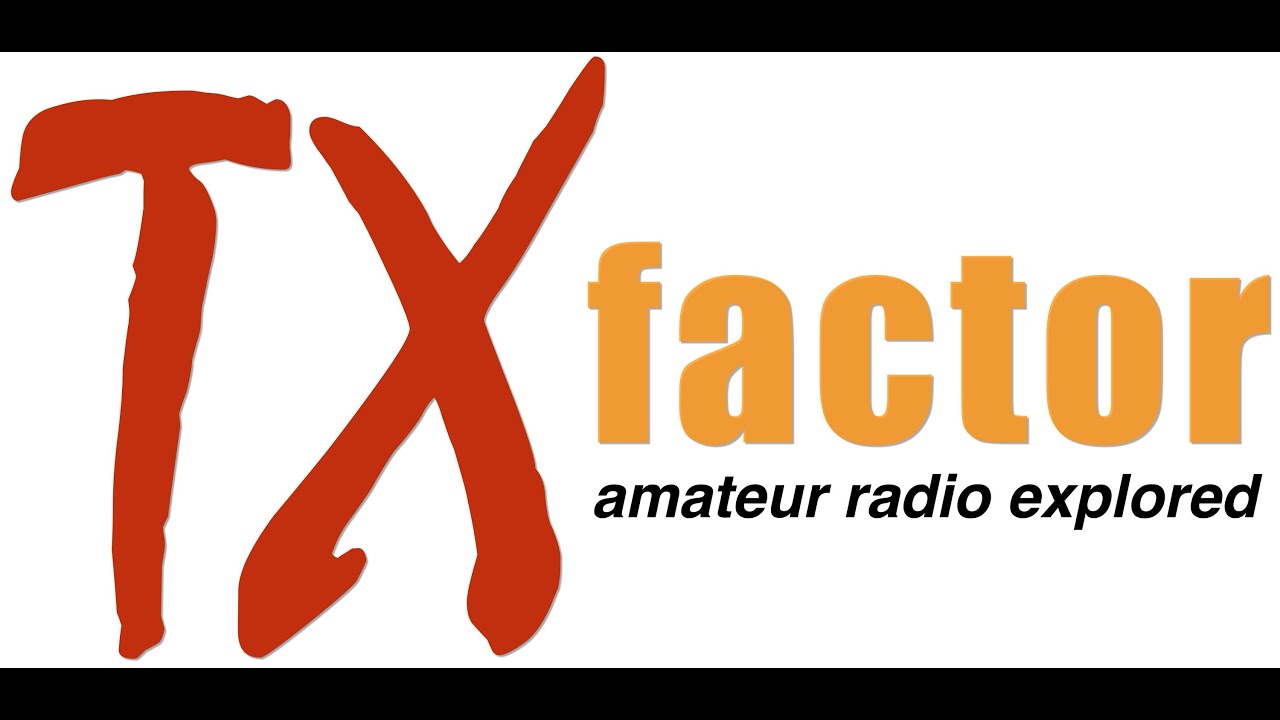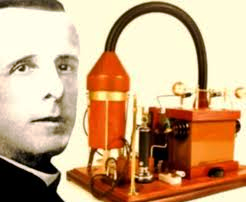
By Colin Butler of https://www.icqpodcast.com/
Phil Karn KA9Q, Randy Standke KQ6RS and students at the Mount Carmel High School Amateur Radio Club have constructed and deployed an amateur radio marine buoy, callsign KQ6RS, transmitting 14.0956 MHz USB WSPR. About 700 km off the coast of southern California, the buoy is transmitting WSPR on 20m using the callsign KQ6RS and is being received all over the US and into Canada and Brazil.
The electronics is the 20m WSPR version of the WB8ELK “pico tracker” that has been flown quite a few times (including by us) on long-duration balloons. We removed the solar panels and substituted 21 ordinary alkaline D-cells wired to supply 4.5V. We estimate the battery lifetime will be 6 months.
The basic design was inspired by Bob, WB4APR, at the US Naval Academy. Physically, the buoy is just a 5′ section of 4″ PVC pipe, ballasted at one end to float vertically in the water. The top is closed by a sewer pressure test plug I found at Home Depot; it has a bolt in the centre that acts as a convenient feed-through and mounting point for the antenna, a stainless steel CB whip with a matching network designed, tested and carefully tuned by Randy. We use the sea as a counterpoise, but to avoid direct metal/seawater contact we lined the inside of the pipe with copper tape to form a capacitive connection. We probably spent too much time on this; Randy even modelled the electrical fields in the seawater with a professional RF analysis package.
Checkout the Bouy’s Latest – HERE .
